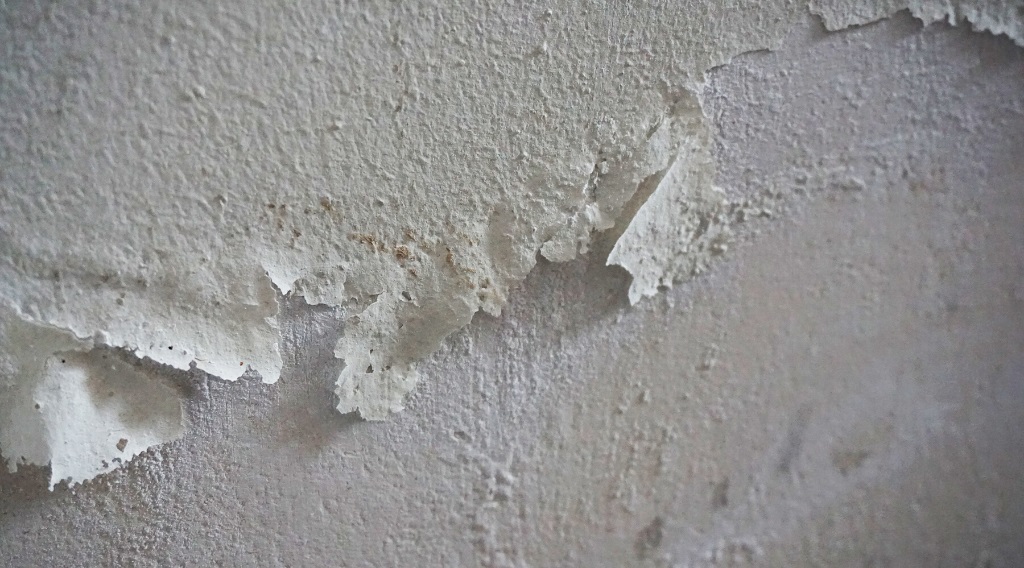How To Remove White Mold?
1. What Is White Mold?
White mold is a type of fungus that grows in places with high humidity and moisture. It can appear on walls, ceilings, floors, or even furniture. Unlike black mold, which is more toxic, white mold may not seem as harmful. It can still cause allergies, respiratory issues, and skin irritation. White mold looks fluffy and soft, and it spreads quickly if left untreated. Understanding what white mold is and why it forms will help you take the necessary steps to remove it from your home.
2. Causes Of White Mold Growth
White mold thrives in damp environments. Common causes are leaking pipes, poor ventilation, and high humidity. This is often found in basements, attics, and bathrooms. Mold spores are naturally present in the air, but they start to grow when they find moisture and organic materials (like wood, fabric, or drywall). Poor ventilation in a room can trap moisture, creating the perfect conditions for white mold to spread. By understanding these causes, you can prevent white mold from growing in the future.
3. Identify The White Mold In Your Home
Identifying white mold is important because it can look like other substances, like mildew or even dust. White mold usually appears as a soft, fuzzy patch that can spread over time. It may appear on walls, wooden surfaces, and fabrics. You can also smell a musty odor if mold is present. If you suspect mold but aren’t sure, you can use a home mold test kit to check for its presence. Knowing how to identify white mold will help you catch the problem early and take action.
4. Safety Precautions Before Removing White Mold
Before starting to remove white mold, it is important to take safety precautions. Mold can release spores into the air, which can cause health problems if inhaled. To protect yourself, wear gloves, a mask, and protective clothing when dealing with mold. Make sure the area is well-ventilated by opening windows or using fans. It’s also a good idea to seal off the affected area from the rest of the house to prevent the spread of mold spores. These precautions will help you stay safe during the mold removal process.
5. How To Remove White Mold From Walls
Removing white mold from walls is relatively simple if caught early. First, scrub the affected area with soap and water to remove surface mold. For a deeper clean, you can use a mixture of water and a commercial mold remover. Make sure to dry the area thoroughly after cleaning to prevent mold from returning. If the mold has penetrated the wall material, you may need to replace the affected section of the wall. Regular cleaning and drying of the area will keep mold from spreading.
6. How To Remove White Mold From Wood
White mold can easily grow on wooden surfaces, especially in damp areas like basements or bathrooms. To remove mold from wood, start by wiping off any loose mold with a dry cloth. Then, use a mixture of water and mild detergent to scrub the affected area. For stubborn mold, you can use a specialized wood cleaner or a diluted bleach solution. After cleaning, make sure the wood dries completely to avoid future mold growth. Preventing moisture buildup around wooden surfaces is key to keeping white mold away.
7. Preventing White Mold In The Future
Once you’ve removed white mold, it’s important to prevent it from coming back. Keep your home well-ventilated by using exhaust fans in bathrooms and kitchens and opening windows when possible. Fix any leaks in your plumbing or roof to reduce moisture. Dehumidifiers can also be used to reduce humidity levels in your home, especially in damp areas like basements. Regular cleaning of areas that are prone to mold growth will also help. Prevention is key to keeping your home mold-free.
8. Using Natural Cleaners For Mold Removal
For those who prefer not to use chemical cleaners, there are natural options for removing white mold. Vinegar, hydrogen peroxide, and baking soda are effective at cleaning mold from surfaces. You can make a solution of equal parts water and vinegar to spray on the moldy area and scrub it clean. Hydrogen peroxide can also be used as a natural disinfectant. After cleaning, it’s important to dry the area completely. While these natural methods are effective, they may need to be repeated regularly to keep mold away.
9. Hire Professional Mold Remediation Services
Sometimes, white mold can be too widespread or difficult to remove on your own. In these cases, it’s best to call in the experts. Mold remediation services Maine offer professional help in dealing with mold problems. Professionals have the tools and expertise to remove mold safely and thoroughly. They can also assess your home for moisture problems and fix them, ensuring that mold doesn’t return. Hiring a professional service can save you time and ensure that the mold is completely removed.
10. Importance Of Mold Testing Services
If you are unsure about the extent of the mold problem in your home, you should consider mold testing. Mold testing services Maine can identify the type and level of mold in your home. These tests help you understand the severity of the problem and guide you in choosing the best method for mold removal. Professional testing ensures that you aren’t treating the symptoms of mold but addressing the root cause. By knowing exactly what you are dealing with, you can take the right steps to remove mold and keep your home safe.














Post Comment